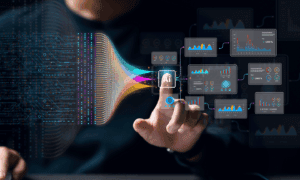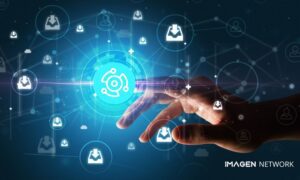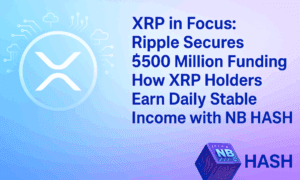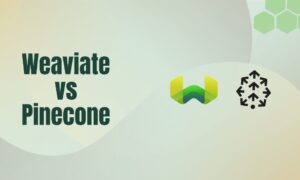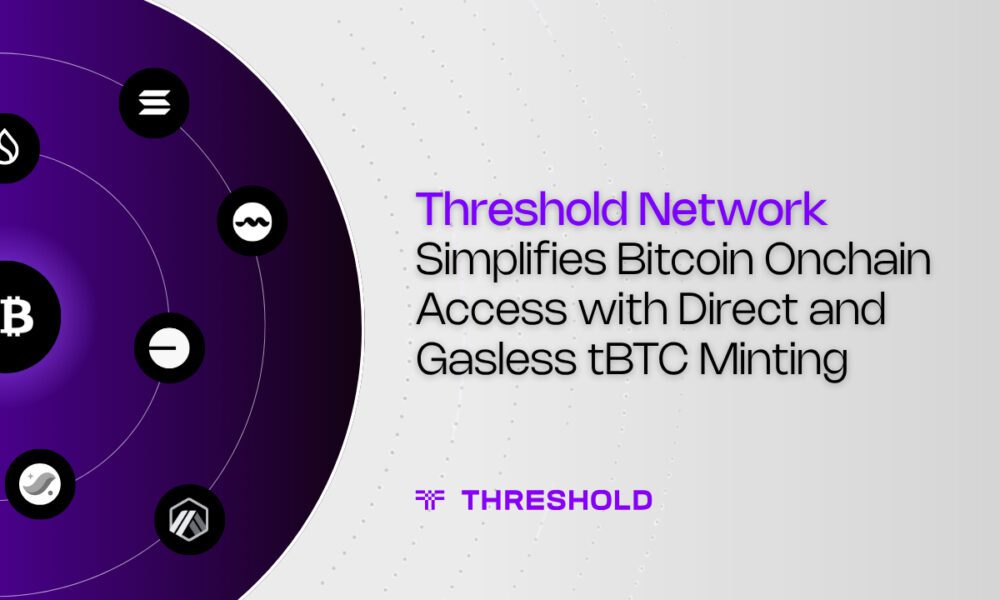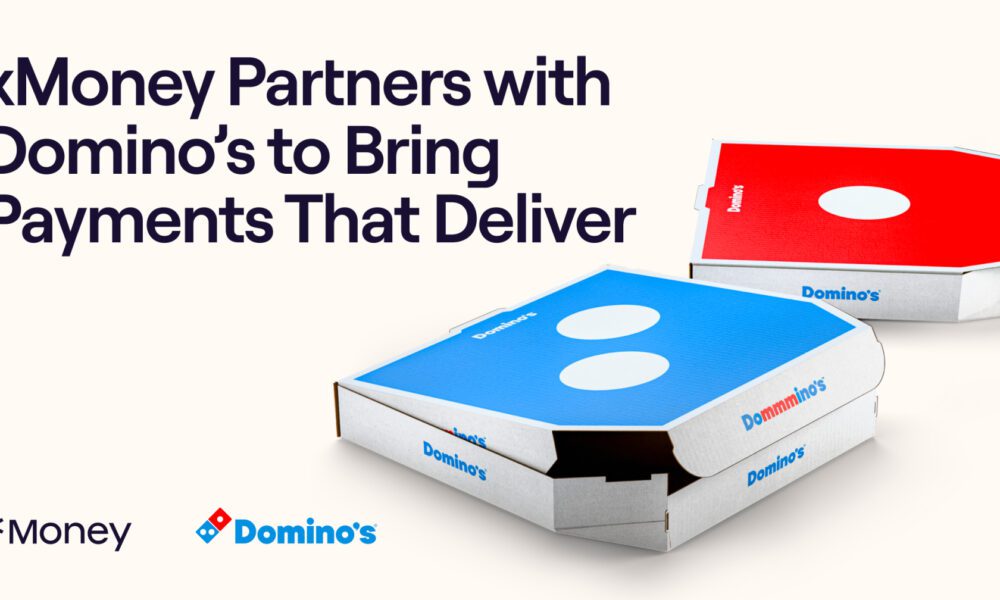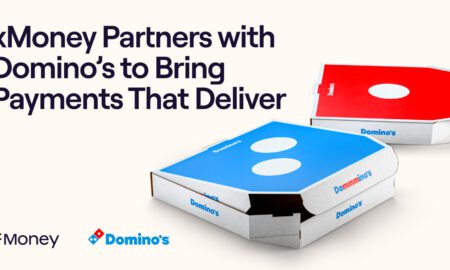Against the background of rising developer and enterprise chatbot builder interest in Retrieval-Augmented Generation (RAG) as a way to help Large Language Models (LLMs) deliver more accurate results, Memgraph is this week announcing two new tools it says will make RAG much easier to implement.
Specifically, Memgraph—a London-headquartered in-memory database and graph scale-up—says the extension of its toolkit means it could be up to 10x quicker for engineers to port data into its knowledge graph, and so take advantage of advanced graph search algorithms.
The most important of these, says the company, is the graph-oriented version of RAG, GraphRAG—developed by Microsoft researchers last year, but which has seized developer interest as a technique that improves large language model responses by combining an LLM with an external information retrieval system.
What’s been holding GraphRAG back, argues the firm, has been the fact that so much corporate data remains locked in non-graph formats—especially SQL (transactional and line-of-business data engines) and things like Word and PDF documents, which tend to be where company information and business rules are instantiated.
Getting enough information to make a new company LLM understand organization-specific data has been a problem, says Memgraph CTO Marko Budiselić, as translating SQL and unstructured data assets into the entity-node-relationship structure a knowledge graph requires a lot of tedious hand-coding and checking, as well as developer attention in changing what can be very non-graph representations of real-world processes in things like SQL tables into graph-ready format.
But with its new SQL2Graph and Unstructured2Graph libraries—part of a new “AI Toolkit”—a lot of the heavy-lifting of those translation tasks are automated.
The system also performs checking and consistency, meaning teams can just go straight to implementing GraphRAG over their new knowledge bases, and deliver ChatGPT-like but super-accurate interfaces their users have been clamouring for.
Complementing the tools, and available later this month, is a client version of the Model Context Protocol (MCP) adapter, which has also swiftly emerged as the de facto standard for opening LLMs to communicate with external tools, data, and services in a standardized way.
The combination, argues Budiselić, means that the productivity and time-to-value of enterprise AI teams will be radically boosted.
Despite keen interest in some quarters, graph remains a small portion in the business data world, with 62% of global DBMS revenue in 2023, while Gartner estimates 80–90% of new enterprise data is unstructured, locked in everything from text files to PDFs.
So, a way to “graphify” all this non-graph operational data could be of real interest for teams as yet unconvinced graph is worth learning.
In addition, the company has launched a fixed-scope path to a production-ready GraphRAG pipeline in weeks package, the JumpStart Programme.
This pairs a Memgraph Enterprise license with 20+ hours of hands-on help and implementation, powered by the Memgraph AI Toolkit, offering hybrid search (vector and graph reasoning), sub-second latency, and explainable answers with full provenance.


